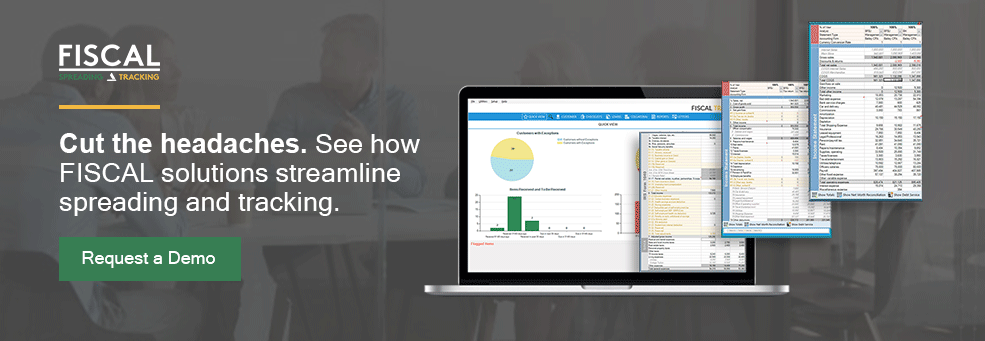Small business lending is an essential part of community banking. For local banks and credit unions, lending to entrepreneurs and small businesses in the community helps foster economic development and increase job opportunities.
Financial statement spreading for small businesses can provide a comprehensive view of the business’s financial outlook, however, this can often require adjustments to standard financial statements and noting other complexities unique to small businesses.
In this post, we’ll cover the basics of small business financial statement spreading, as well as some best practices for ensuring consistency and accuracy.
What Is Financial Statement Spreading?
When applied to small business lending, financial statement spreading is the process of taking several years or periods of financial data from business and personal financial statements and organizing them into a standard format, or spread, that gives lenders insights into a company’s financial position over time. These documents include income statements, personal financial statements, balance sheets and cash flow statements.
Once the information is analyzed from various financial statements, banks and credit unions can make more informed decisions about the creditworthiness of the borrower. The information not only informs whether the institution will lend to the borrower, but helps the lender establish the loan terms.
Benefits of Financial Statement Spreading
Spreading helps banks and credit unions make more informed decisions, but let’s dig a little deeper into how spreading informs these decisions.
- Identify trends – By comparing financial statements from different years businesses can assess both long-term and short-term trends in the business's success. For example, whether a borrower is growing or declining, and whether it’s making enough profit to meet loan obligations.
- Risk management – A review of the financial documents can identify unusual transactions or discrepancies. In some cases, this could reveal some risk that wasn’t initially apparent from the loan application.
- Provides an objective view – In small business lending, there are often subjective elements to the loan analysis process. Spreading gives a black-and-white perspective to begin this process with information like cash flow, credit history and liquidity ratios.
- Highlights special considerations – Adjustments and exceptions are commonplace in small business lending. Financial statement spreading is a way to address and document these for increased transparency.
- Assess position in the market – The data collected during financial statement spreading lets lenders compare the financial performance of the small business with others in their industry or area. This can be especially important in community banking where your portfolio is highly focused within a specific region.
How to Perform Financial Statement Spreading
The ultimate objective of gathering and analyzing a business’s financial information is to determine whether the business can cover its financial liabilities. This is most commonly assessed by looking at the Debt Service Coverage Ratio, and in the case of small businesses is often supplemented by a Global Cash Flow analysis as well. Here are the basic steps loan analysts will need to take to establish the debt service coverage ratio and global cash flow.
- Gather documentation that shows income and assets, as well as liabilities and expenses. This can include tax returns, balance sheets, and loan documents, as well as personal tax returns and financial statements for any owners or guarantors.
- Using a spreadsheet or spreading template, document the income and assets against the liabilities and expenses.
- Calculate financial ratios, debt-to-income, cash available for debt service and debt service coverage ratio. These provide a more comprehensive picture of whether the borrower can make loan payments in the future.
- A loan analyst can then determine global cash flow by taking the business’s cash available for debt service coverage (CAFDS) and its debt service, then the same for the person(s), and pulling them all together to get the global cash flow. There are a number of potential adjustments that may need to be made to ensure you aren’t double-counting cash flow or making other common errors.
Spreading for Small Business Lending: Exceptions to the Rule
Here is where small business lending can get complex. Many small businesses do not strictly follow the GAAP principles and formal accounting practices. Because of this, there may be a lack of transparency between a borrower’s personal assets, personal cash flow, and the business’s finances. Whether intentional or not, small businesses may find they’ve wandered into gray areas in terms of keeping personal and business finances separate.
Using the basic formula noted above is often insufficient because of these blurred lines between the borrowing business, associated business entities and personal finances. For example, a loan analyst might account for Dividends/Distributions in the owner’s Cash Flow Available for Debt Service figure without deducting them from the business’s EBITDA.
To avoid these common mistakes, loan analysts should carefully document adjustments in their spreads. They can also adhere to these financial statement spreading best practices:
Spreading Best Practices
- Include related entities – Many small business owners own another company or multiple other companies. Others may have business entities they have invested in or are otherwise intertwined with. Take time to carefully collect all these financials to understand their role in the specific business loan you are assessing. The extent to which the owner borrows from or lends to the business could make the business’s cash flow look much stronger.
- Reconcile income statements and balance sheets – Spreading goes beyond data entry and calculations. It also requires verifying correct accounting. This includes comparing increases or decreases in the company's net profit to the numbers reflected in the business's net worth. If there is a significant difference, there may be a reasonable explanation, which should be noted in the analysis.
- Be consistent - Spreading for small business lending requires flexibility. However, banks and credit unions must also follow a consistent method for loan analysis. This not only helps ensure accuracy but also streamlines the process.
How Spreading Software Can Help
Community banks and credit unions that lend to small businesses need a system that’s consistent but also provides the flexibility needed to accurately assess small business loans.
Spreading software, like FISCAL Forward, provides the right balance of flexibility and consistency. Built-in templates provide a standard format that can be customized when needed. The tools and features also streamline data entry and calculations, giving loan analysts more time to invest in building business. Talk to us today about scheduling a demo.



